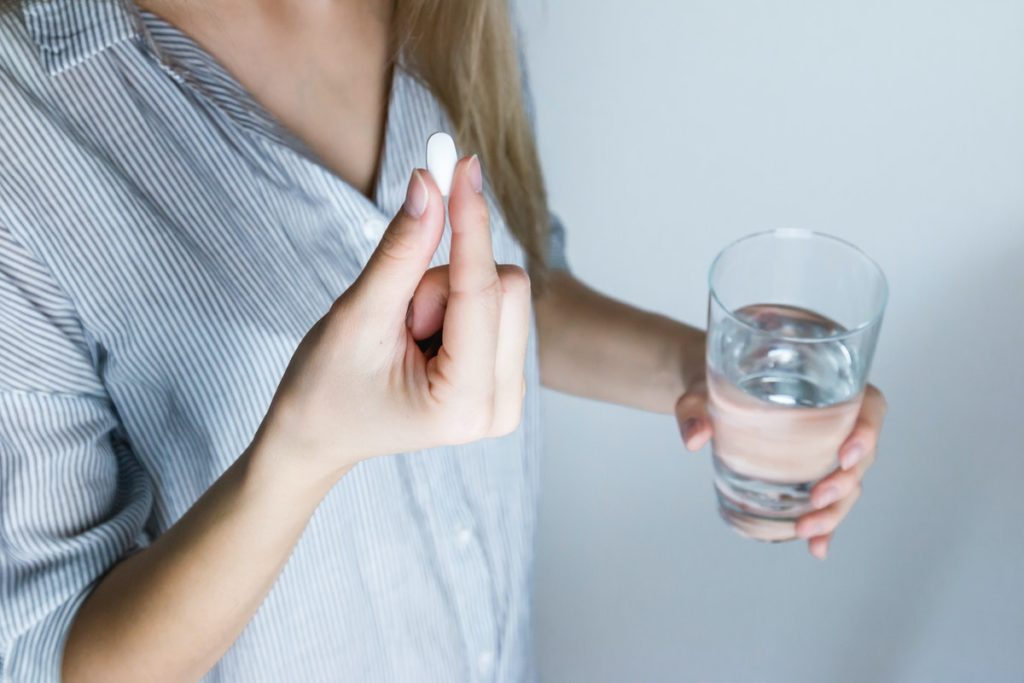Should you often feel exhausted and sluggish, you might have anemia. Anemia is a common blood disorder that people can have at some time in their lives. This disorder comes about when your body doesn’t have enough healthy red blood cells, or they lack hemoglobin, an iron-rich protein.
Most types of anemia are mild and temporary, although it can become a severe condition if left untreated. The most common form of anemia is iron-deficiency anemia, a result of a lack of iron in your diet. Here’s how you can get more iron and manage your iron-deficiency anemia:
1. Eat Meat and Seafood
There are two types of iron, heme and non-heme. Red meat, poultry, and fish contain both heme and non-heme iron, making them the best sources of iron. There are non-animal sources of iron like tofu, beans, and spinach, but they only contain non-heme or plant-based iron. Apart from coming from different sources, heme and non-heme iron differ in absorption rates. Only 2-20% of non-heme, plant-sourced iron is absorbed by the body, compared to 15-35% absorption of meat-sourced heme.
So while it’s fine to consume both sources of iron, but note your anemia can be better managed with more meat.
2. Take Iron Supplements
When you have iron-deficiency anemia, you won’t increase your iron levels dramatically by eating iron-rich foods alone. While food like liver and oysters have lots of iron, these aren’t recommended for daily consumption due to their high cholesterol levels—you might create another health issue by trying to treat your anemia this way.
Have a balanced diet, while taking supplements like chewable iron tablets. Be sure not to take iron supplements and calcium supplements simultaneously; calcium can block iron absorption. One good way to facilitate greater absorption of the iron supplement is to take it on an empty stomach, followed by a glass of orange juice.
3. Add Vitamin-C-rich Food to Your Diet

It’s essential to have a balanced diet. Eating meat, poultry, or seafood alone will not help you absorb enough heme iron. To help your body absorb as much heme iron as possible, pair your meal with vitamin C-rich food as these aid in iron absorption. Add bell hpeppers, broccoli, and cauliflower to your meals.
4. Cook with a Cast-Iron Skillet
Cookware made from iron, such as cast-iron skillets can transfer some of their iron into your food. You can also add an iron object such as a “lucky iron fish” to your cooking. This simple solution was used to add iron to the diet of Cambodians with iron-deficient diets.
5. Space Your Coffee or Tea Breaks
All types of coffee (decaf included) and non-herbal teas contain tannins, a substance that can interrupt your body’s absorption of iron. To help manage your anemia, drink your favorite cup of coffee or tea at least a few hours before or after consuming an iron-rich meal.
Iron-deficiency anemia is not a severe condition, although it can become one and keep you from performing at your best if not treated or managed correctly. For a healthy, iron-rich diet, you should eat meat. But do so in moderation to avoid high cholesterol. Add vegetables and fruits high in vitamin C because these can assist in iron absorption.



